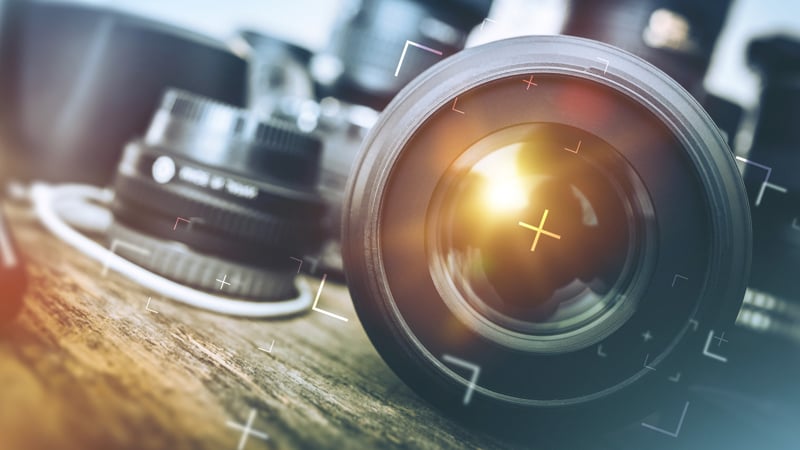Photography Become a Better Photographer - Part II
This course, aimed at beginner and intermediate photographers, covers DSLR and Mirrorless basic settings, but also explains your camera's more advanced features and settings. You probably already know...
- All levels
- English

Course Description
This course, aimed at beginner and intermediate photographers, covers DSLR and Mirrorless basic settings, but also explains your camera's more advanced features and settings. You probably already know about some of these settings but not entirely sure how and when to use them, and there may even be some that you're not even aware of! Watch photos being taken and compared using different setting...
This course, aimed at beginner and intermediate photographers, covers DSLR and Mirrorless basic settings, but also explains your camera's more advanced features and settings. You probably already know about some of these settings but not entirely sure how and when to use them, and there may even be some that you're not even aware of!
Watch photos being taken and compared using different settings
Real life examples filmed in the real world
Clear, concise and effective photography training that works
See immediate improvements in your photos
Easy to follow and understand, with a fun teaching style
All boring bits removed (well, most of them anyway!)
See more See lessWhat you’ll learn
- Watch photos being taken and compared using different settings
- Real life examples filmed in the real world
- Clear, concise and effective photography training that works
- See immediate improvements in your photos
- Easy to follow and understand, with a fun teaching style
- All boring bits removed (well, most of them anyway!)
- Learn about the Exposure Triangle
- Understand the difference between exposure modes, Aperture / Shutter Speed priority etc..
- Learn when and how to use Exposure Compensation
- Tips for getting tack sharp images of stationary subjects
- Learn about White Balance and how to get better colours
- Understand depth-of-field and give your images that wow factor
- When and how to use the Evaluative, Spot and Center Weighted Metering, and which is best?
- How to take sharp images of moving subjects
- Understanding Histograms
- What's the difference between Full Auto and the 'P' mode?
- Understand the advantages of full Manual exposure mode
- Learn about Auto ISO and an exciting new exposure mode.
- RAW vs JPG, which is best, and which one should you be using? ... and more
- Best settings for photographing inside a church or cathedral
- Best settings for natural light portraiture
- Best settings for landscape photography (walkthrough with Colin Mill)
- Learn the best basic flash settings to use
- When and how to use fill flash?
- Understand your flash max sync speed with this great shutter animation.
- Understand your flash maFlash 'High Speed Sync', learn how this incredible feature can help you.
Covering Topics | Program Insights
Section 1 : Introduction 1 Introduction Preview
Section 2 : Basic Settings
Section 3 : Slightly more advanced features & settings
Section 4 : Advanced exposure techniques
Section 5 : Focusing tips
Section 6 : Creativity and Real World Scenarios
Section 7 : Image quality
Section 8 : Using Flash
Section 9 : Supplementary Documents
Section 10 : Conclusion
Curriculum
Frequently Asked Questions
This course includes
- Lectures 32
- Duration 4 Hour
- Language English
- Certificate No





